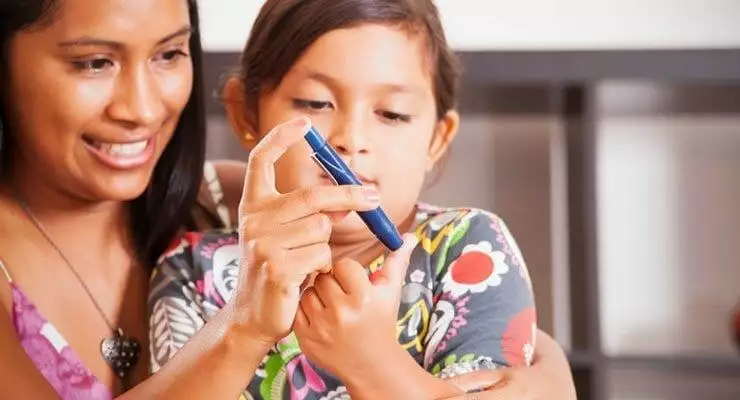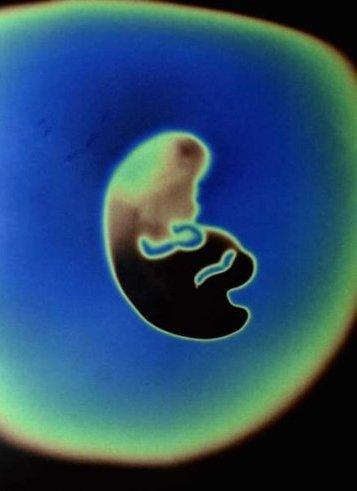Search Results for: microscopic cells
Symptoms of Child Diabetes
Normally, the immune system protects the human body from viruses and bacteria.
Week-by-Week Fetal Development During Pregnancy
Pregnancy can be frustrating for so many reasons. All of the waiting and bloating can really take a toll on you. If only you could take a peek at your growing baby, instead of having to watch yourself grow. By learning about the changes your baby is undergoing, you can let pleasant dreams about your little one distract you from your growing ankles, belly and other body parts.
Signs of Anemia During Pregnancy
Your body’s red blood cells have an important job. These microscopic blood parts carry oxygen around your body and keep you feeling healthy. During your pregnancy, these cells have to take on even more work, taking oxygen not just to the different parts of your body, but also to your growing baby. Anemia occurs when your body does not have enough red blood cells to distribute an adequate amount of oxygen, reports the Utah Department of Health. This red blood cell deficiency is commonly due to a lack of iron in your diet. If you have anemia, you can expect to experience a host of undesirable symptoms.
Pap Test Guidelines
The Pap test, also known as a Pap smear, is a test used to identify pre-cancerous cells on a woman’s cervix. After 1945, when the American Cancer Society (ACS) began recommending women have Pap tests to detect cervical cancer in its earliest stages, the number of deaths from cervical cancer dropped by approximately 74 percent between 1955 and 1992, according to the E Health MD website. Pap tests used to be recommended for women annually; however, the American College of Obstetricians and Gynecologists (ACOG) has recently altered its guidelines for when and how often women should have the test done.
Pregnancy in 4 Weeks
By the time she has been pregnant for 4 weeks, a woman may just be suspecting that she is pregnant. Deep inside her womb, however, much has been going on. The growing egg, called an embryo at this point in the pregnancy, doesn’t look anything like a baby, but it is developing microscopic internal organs and systems that clearly identify it as a human.



